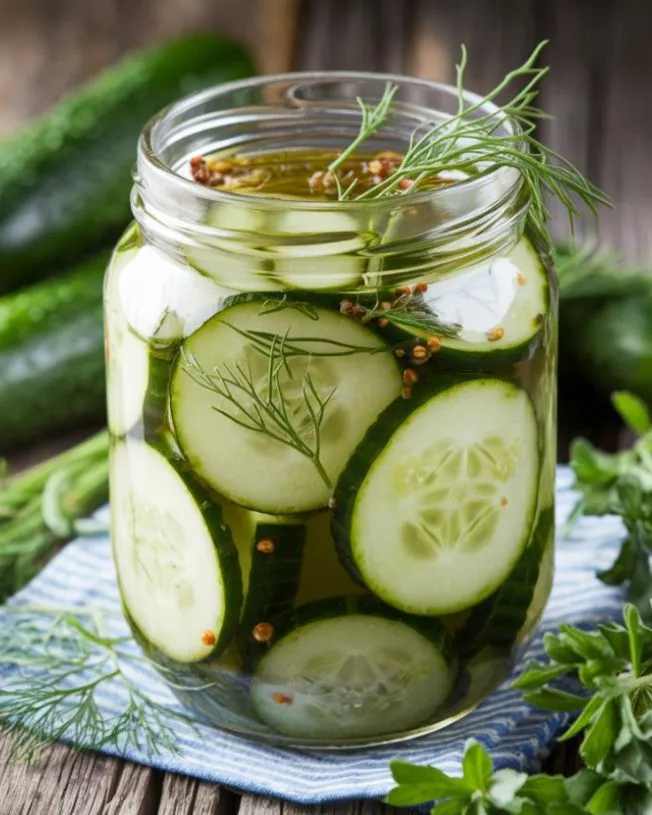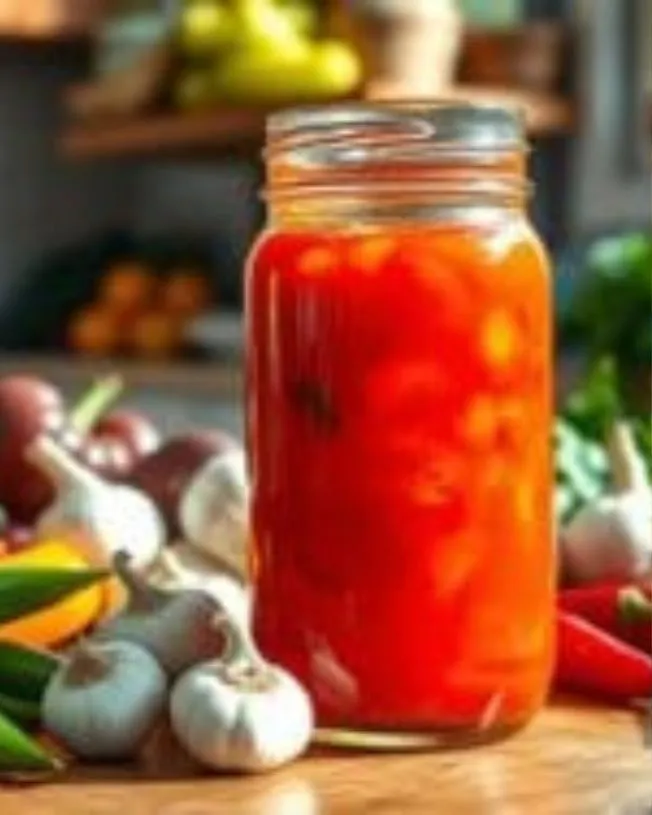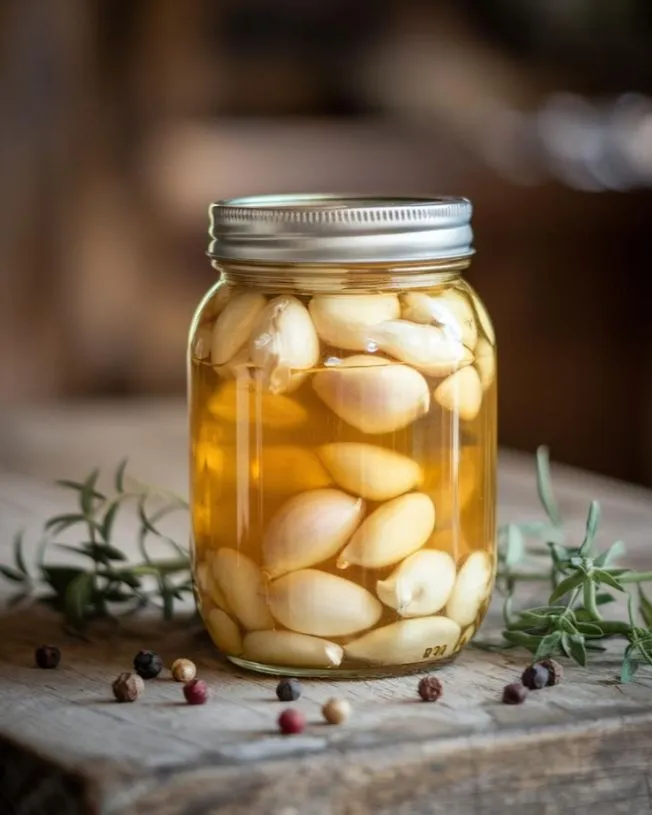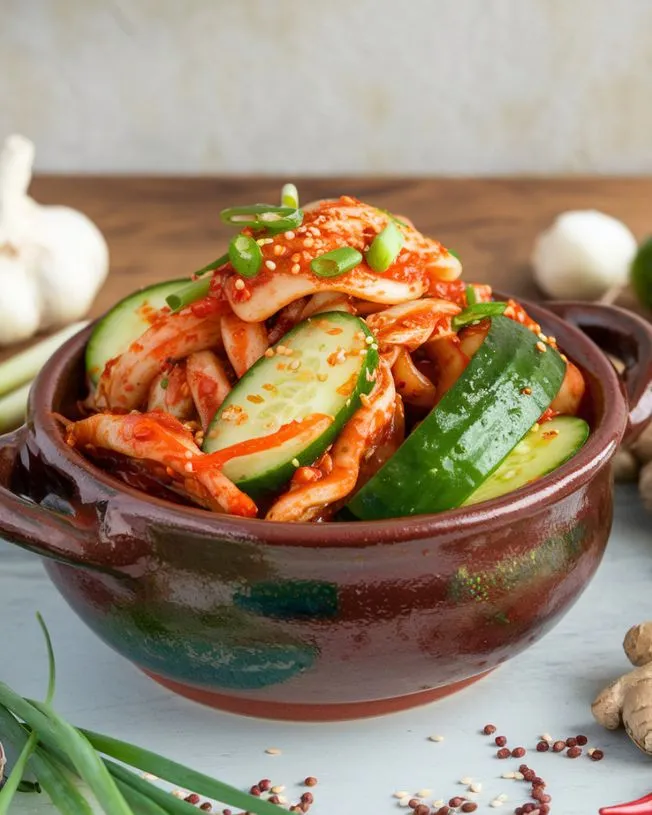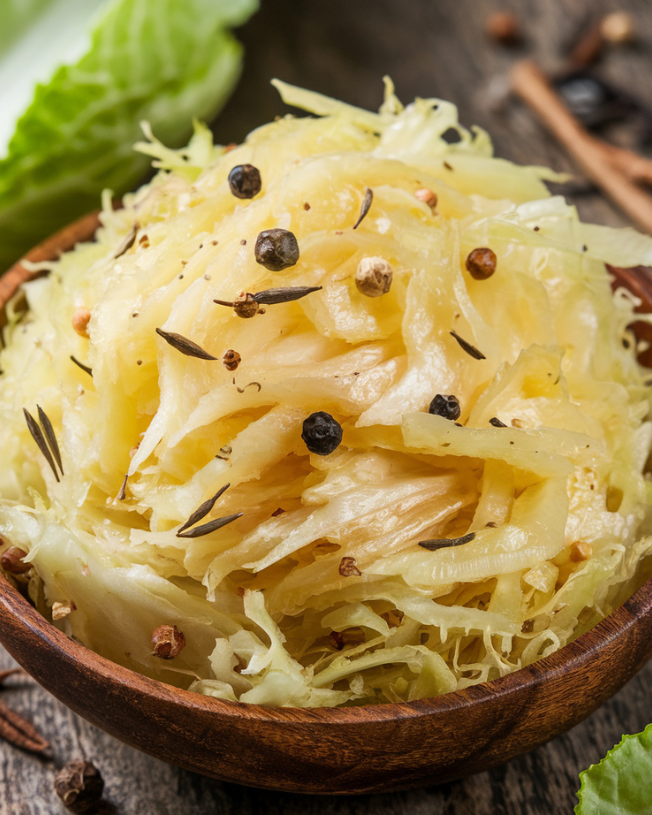When it comes to homemade pickles, choosing the right cucumber can make a big difference in flavor, texture, and overall enjoyment. While many people reach for classic pickling cucumbers, you might be wondering if Persian cucumbers could work as a tasty alternative. The answer is yes—Persian cucumbers can be used to make delicious pickles! This guide will walk you through the ins and outs of pickling Persian cucumbers, offering tips, techniques, and ideas for a crunchy, tangy batch that’ll add zest to any meal.
What Are Persian Cucumbers?
Before diving into the pickling process, let’s get familiar with Persian cucumbers. These small, slender cucumbers are often seedless or have very small seeds, with a thin, delicate skin that doesn’t require peeling. They’re typically shorter than standard cucumbers, making them ideal for pickling jars. Persian cucumbers also have a mild flavor, providing the perfect canvas for absorbing pickling spices and brine. Their crisp texture is a bonus, as it holds up well during the pickling process.
Why Choose Persian Cucumbers for Pickling?
Persian cucumbers offer several qualities that make them excellent for pickling. For one, their thin skin means you can skip the peeling, which helps them retain crunchiness in the brine. Additionally, their small seeds allow for a smoother texture, which some find more enjoyable than traditional pickling cucumbers. Plus, Persian cucumbers are often sweeter and less watery than other varieties, which can enhance the flavor profile of your pickles.
Types of Pickles You Can Make with Persian Cucumbers
The versatility of Persian cucumbers makes them a great choice for a variety of pickling styles. Here are some popular types you can make:
- Dill Pickles: Classic dill pickles are easily achieved with Persian cucumbers. They absorb the dill, garlic, and spices beautifully.
- Sweet Pickles: If you prefer a sweeter pickle, Persian cucumbers pair well with sugar, mustard seeds, and allspice.
- Spicy Pickles: Add chili flakes, jalapeños, or even sriracha to create spicy Persian pickles with a bit of heat.
- Quick Pickles: Also known as refrigerator pickles, these are a no-cook, faster way to pickle Persian cucumbers without long fermentation times.
Preparing Persian Cucumbers for Pickling
To get started, gather your ingredients and tools. Here’s what you’ll need:
Ingredients:
- Fresh Persian cucumbers
- White vinegar or apple cider vinegar
- Water
- Kosher salt
- Fresh garlic cloves
- Fresh dill (optional for dill pickles)
- Spices like mustard seeds, black peppercorns, and red pepper flakes
Instructions:
- Wash and Trim: Rinse your Persian cucumbers thoroughly under cold water. Trim off the ends, especially the blossom end, which can contain enzymes that lead to softer pickles.
- Slice or Keep Whole: Depending on your preference, you can slice the cucumbers into rounds, spears, or leave them whole.
- Sterilize Jars: If you plan to store pickles for an extended time, sterilize your jars and lids by boiling them in hot water.
Crafting the Perfect Pickling Brine
The brine is the heart of any good pickle, and it’s easy to customize. Here’s a basic recipe:
- In a saucepan, combine equal parts vinegar and water, adjusting based on the number of jars.
- Add salt (about 1 tablespoon per cup of liquid) and bring the mixture to a boil, stirring until the salt dissolves completely.
- Once the brine boils, remove it from heat and pour it directly over your cucumbers.
Tips for Flavorful Pickled Persian Cucumbers
To make your pickles even more flavorful, consider these tips:
- Add Fresh Herbs: Fresh dill or thyme can elevate the flavor of your Persian cucumber pickles.
- Experiment with Spices: Besides the standard mustard seeds and peppercorns, try coriander seeds, turmeric, or bay leaves for a unique twist.
- Adjust Salt and Sugar Levels: If you prefer less salt or a hint of sweetness, adjust the amounts in your brine to match your taste.
Pickling Techniques: Traditional vs. Quick Pickling
There are two main ways to pickle Persian cucumbers: traditional and quick pickling. Here’s a quick comparison:
- Traditional Pickling: For this method, you’ll allow the cucumbers to ferment for several days to a week. This method gives the pickles a deeper flavor and creates a natural tang.
- Quick Pickling: This method involves pouring hot brine over the cucumbers and refrigerating them. You’ll get tangy, crunchy pickles within 24 hours, perfect for those short on time.
How Long Should You Let Persian Cucumber Pickles Sit?
Quick pickles can be enjoyed within a few hours, but for the best flavor, let them sit for at least 24 hours. Traditional pickles, on the other hand, require a few days to a week of fermenting time. Generally, the longer they sit, the more intense the flavor becomes.
Storing Your Persian Cucumber Pickles
After pickling, make sure to store your jars properly. Quick pickles should be refrigerated and consumed within a few weeks. Traditional pickles, if processed correctly, can last for months in a cool, dark place. After opening, be sure to refrigerate them.
Health Benefits of Pickled Persian Cucumbers
Pickled cucumbers aren’t just tasty; they’re packed with health benefits. Here are a few reasons to enjoy them:
- Probiotics: Fermented pickles are rich in beneficial bacteria, which promote gut health.
- Low-Calorie Snack: Pickles are low in calories, making them a guilt-free snack option.
- Rich in Antioxidants: Cucumbers contain antioxidants, which may help reduce inflammation.
Frequently Asked Questions (FAQ)
1. Can Persian cucumbers be used in any pickling recipe?
Yes, Persian cucumbers are quite versatile and can be used in most pickling recipes. Their small size and thin skin make them ideal for quick and traditional pickling.
2. Do Persian cucumber pickles taste different from other cucumber pickles?
Since Persian cucumbers have a mild, slightly sweet flavor, they can offer a unique twist to your pickles, especially if you’re used to traditional pickling cucumbers.
3. How can I make my pickles extra crunchy?
For crunchy pickles, you can add a few grape leaves, a pinch of calcium chloride, or simply ensure that the cucumbers are super fresh. The fresher they are, the crunchier the pickles will be.
4. Can I reuse the brine for another batch?
It’s generally best to make a fresh brine for each batch. However, you can reuse brine for quick pickling vegetables like carrots or bell peppers within a week or two.
5. Are pickled Persian cucumbers as nutritious as fresh cucumbers?
While pickling may alter some nutrients, pickled cucumbers still retain fiber, potassium, and some antioxidants. Fermented pickles also offer probiotics, which are beneficial for gut health.
Serving Suggestions for Pickled Persian Cucumbers
Wondering how to enjoy your pickled Persian cucumbers? Here are some ideas:
- Salads: Add chopped pickled cucumbers to potato, egg, or pasta salads for a tangy twist.
- Sandwiches and Burgers: A few slices of pickled cucumber bring zest to any sandwich.
- Snack Plate: Serve pickled cucumbers with cheese, olives, and cured meats for a quick, flavorful snack.
Conclusion
Persian cucumbers are an excellent choice for homemade pickles. Their natural sweetness, crunch, and manageable size make them a versatile option, whether you’re quick-pickling or using a more traditional approach. With endless possibilities for flavor, from spicy to herbaceous, pickled Persian cucumbers can easily become a staple in your kitchen. Try experimenting with different spices, vinegars, and herbs to create a batch of pickles that’s perfectly tailored to your taste.
Start Your Pickling Adventure
So, the next time you’re in the produce aisle, don’t overlook those Persian cucumbers! They might just be the key to your next favorite batch of homemade pickles. Grab a few, gather your ingredients, and let the pickling fun begin. Happy pickling!

